13 Words To Describe Sounds & Noises.
The world is bursting with sound! From the gentle murmur of a stream to the cacophony of a city street, our ears are constantly bombarded with a symphony of noises. Capturing these sounds vividly in writing can be a challenge. Sure, we can use basic words like “loud” or “quiet,” but they often fall flat. To truly paint a sonic picture with words, we need a richer vocabulary. This guide offers you the tools to do just that. With 13 Words To Describe Sounds & Noises at your fingertips, you’ll be able to evoke the crash of thunder, the rustle of leaves, and the squeak of floorboards with precision.
Whether you’re crafting a heart-pounding thriller or a peaceful nature scene, these words will elevate your writing and immerse your readers in the world you’ve created. So, dive into the world of 13 Words To Describe Sounds & Noises and unlock the power of evocative sound description!
In everyday life, we listen to different sounds. but when want to say them in English we face difficulty there. Because we don’t have an exact word for that sound. To solve this problem, here is a list of Words to describe sounds & noises. Use these words to sound like a native and more fluent in English.

Words To Describe Sounds & Noises.
- Buzzing:
This describes a humming or droning sound, like that of a bee.

- Crashing:
This describes a loud, sudden noise caused by something hitting something else, like a car crash or glasses falling to the ground.

- Creaking:
This describes a high-pitched,吱吱 (zhī zhī) (zi zi) squeak often made by old doors or floorboards.

- Distant:
This describes a sound that is far away and faint, like the distant sound of thunder.

- Distinctive:
This describes a sound that is easy to recognize and differentiate from other sounds, like the distinctive sound of a train whistle.
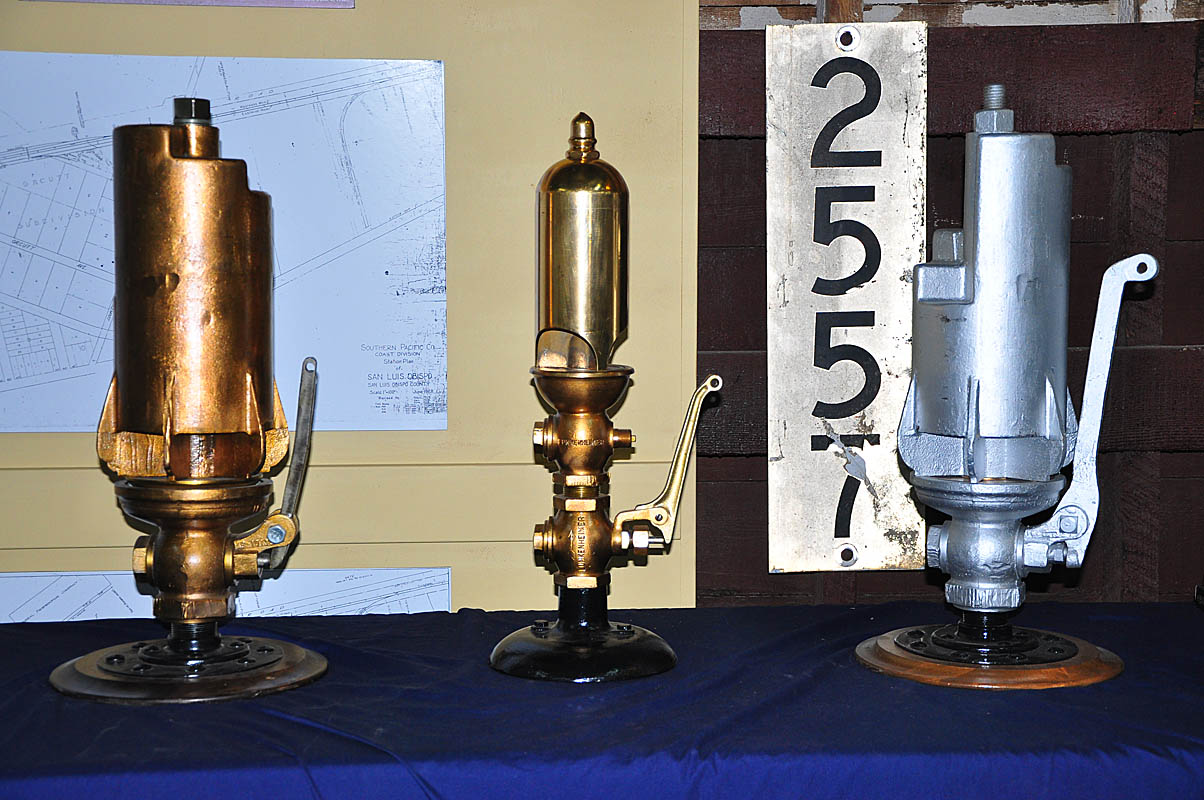
- Faint:
This describes a sound that is very weak and quiet, like the faint sound of a baby crying in the distance.

- Muffled:
This describes a sound that is made quieter or duller because it is blocked by something, like the muffled sound of people talking through a wall.

- Rumbling:
This describes a deep, continuous sound that vibrates, like the rumbling of thunder or a truck engine.

- Rustling:
This describes a soft, continuous sound made by dry leaves or paper moving, like the rustling of leaves in the wind.
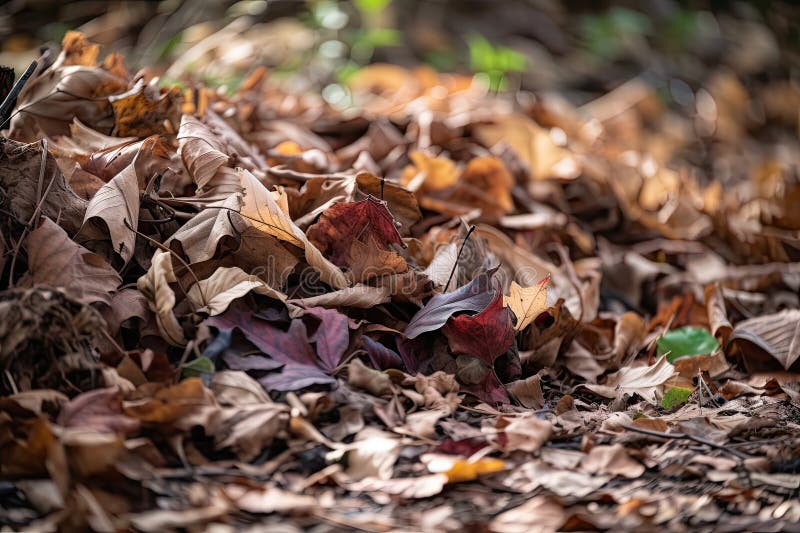
- Banging:
This describes a loud, repeated knocking sound, like the banging of a door.

- Constant:
This describes a sound that continues all the time without stopping, like the constant sound of traffic.

- Excessive:
This describes a sound that is much too loud or strong, like the excessive noise of a construction site.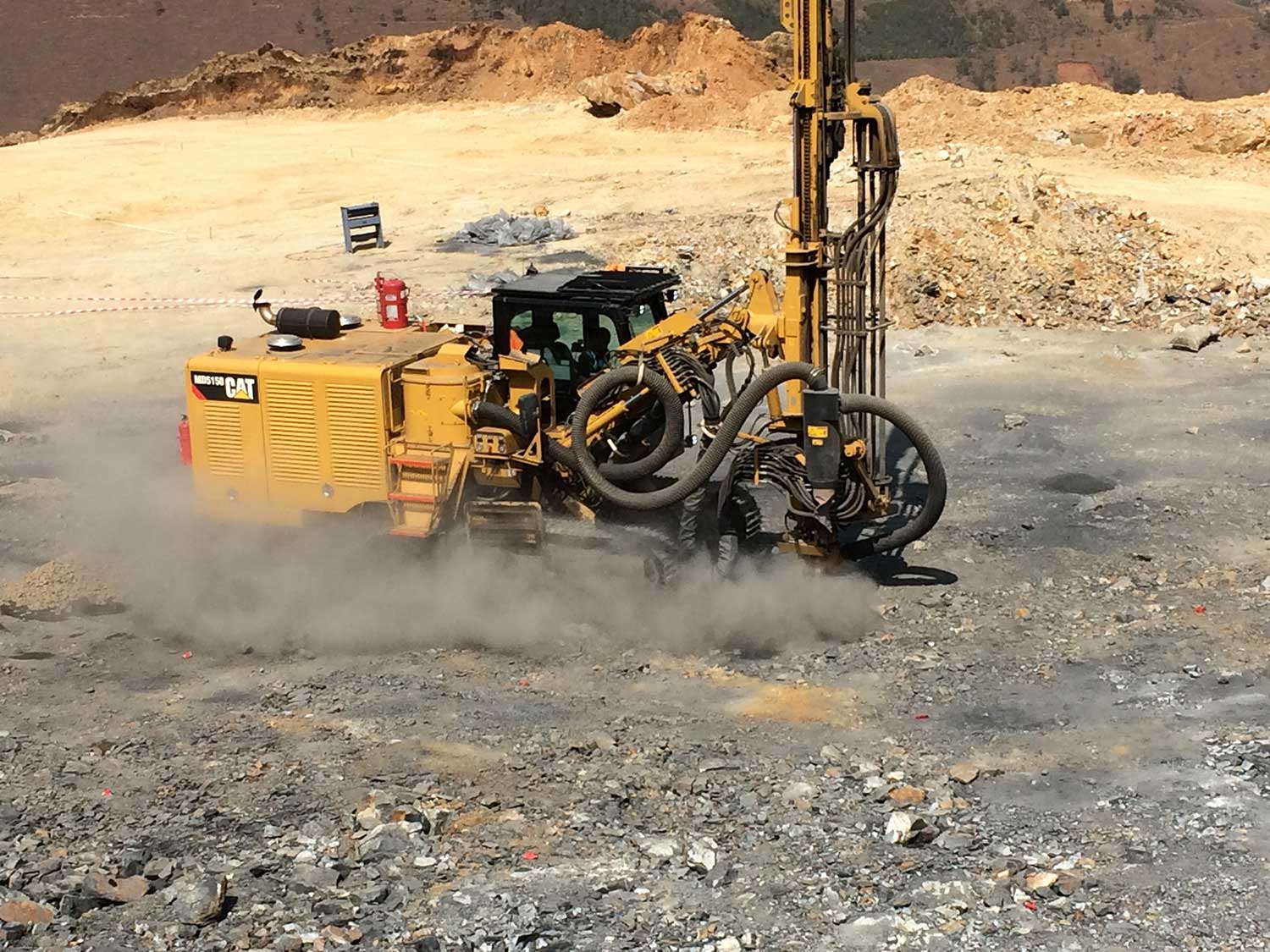
- Incessant:
This describes a sound that continues without stopping and is annoying, like the incessant crying of a baby.

Don’t underestimate the power of sound! By incorporating these 13 Words To Describe Sounds & Noises into your writing, you’ll transform your descriptions from flat to fantastic. With each word choice, you’ll add another layer of detail, transporting your readers directly into the scene. So next time you write, remember these 13 Words To Describe Sounds & Noises. They’ll be your secret weapon for crafting richer, more immersive narratives that truly resonate with your audience.

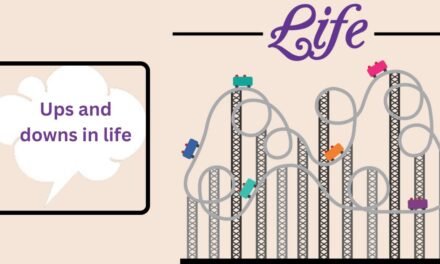
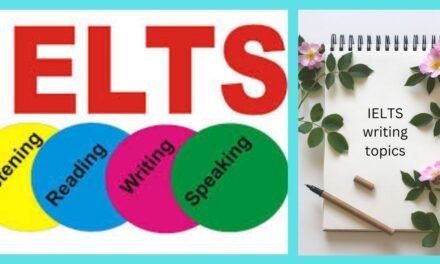




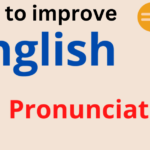
As a Newbie, I am constantly browsing online for articles that can help me. Thank you
I believe this web site holds some really great information for everyone : D.
woh I enjoy your blog posts, saved to favorites! .
I figured out more something totally new on this fat reduction issue. One particular issue is a good nutrition is extremely vital any time dieting. A big reduction in bad foods, sugary ingredients, fried foods, sugary foods, red meat, and bright flour products may perhaps be necessary. Retaining wastes unwanted organisms, and contaminants may prevent desired goals for losing fat. While particular drugs quickly solve the problem, the unpleasant side effects aren’t worth it, and they never provide more than a short-term solution. This can be a known fact that 95 of celebrity diets fail. Many thanks sharing your opinions on this website.
Thanks for the publish. My spouse and i have always seen that many people are desperate to lose weight as they wish to look slim and also attractive. Nonetheless, they do not often realize that there are other benefits so that you can losing weight also. Doctors say that obese people experience a variety of health conditions that can be instantly attributed to their excess weight. The great news is that people who sadly are overweight in addition to suffering from a variety of diseases can help to eliminate the severity of their particular illnesses by simply losing weight. It is easy to see a gradual but noted improvement with health as soon as even a moderate amount of weight loss is attained.
I’m impressed, I must say. Really hardly ever do I encounter a blog that’s each educative and entertaining, and let me tell you, you have hit the nail on the head. Your idea is excellent; the problem is one thing that not enough people are speaking intelligently about. I am very happy that I stumbled throughout this in my seek for something relating to this.
Wow! This can be one particular of the most beneficial blogs We have ever arrive across on this subject. Actually Great. I am also a specialist in this topic so I can understand your hard work.
It’s really a nice and useful piece of information. I’m glad that you shared this helpful info with us. Please keep us up to date like this. Thank you for sharing.
hello there and thank you for your information – I’ve definitely picked up something new from right here. I did alternatively expertise some technical issues using this web site, as I skilled to reload the site a lot of times prior to I may get it to load properly. I have been thinking about in case your web hosting is OK? Not that I am complaining, but slow loading circumstances instances will very frequently affect your placement in google and can damage your high-quality rating if advertising and ***********|advertising|advertising|advertising and *********** with Adwords. Anyway I am adding this RSS to my email and can look out for much extra of your respective interesting content. Ensure that you update this once more soon..
I really like your blog.. very nice colors & theme. Did you design this website yourself or did you hire someone to do it for you? Plz respond as I’m looking to construct my own blog and would like to find out where u got this from. thanks
Great weblog right here! Also your website a lot up very fast! What host are you the usage of? Can I am getting your affiliate hyperlink for your host? I wish my web site loaded up as fast as yours lol
You made some good points there. I looked on the internet for the subject and found most guys will approve with your blog.
wonderful post, very informative. I wonder why the other experts of this sector do not notice this. You must continue your writing. I am confident, you have a huge readers’ base already!
That is really fascinating, You are a very skilled blogger. I’ve joined your feed and look ahead to in the hunt for more of your magnificent post. Additionally, I’ve shared your web site in my social networks!
you’ve gotten an amazing weblog here! would you wish to make some invite posts on my blog?
Thanks for your publication on the travel industry. I’d also like to add that if you are one senior thinking of traveling, it’s absolutely crucial to buy travel insurance for senior citizens. When traveling, golden-agers are at high risk of getting a healthcare emergency. Buying the right insurance plan package for the age group can protect your health and give you peace of mind.
Write more, thats all I have to say. Literally, it seems as though you relied on the video to make your point. You obviously know what youre talking about, why waste your intelligence on just posting videos to your site when you could be giving us something enlightening to read?
My brother recommended I might like this blog. He was entirely right. This post truly made my day. You can not imagine simply how much time I had spent for this info! Thanks!
as soon as I observed this website I went on reddit to share some of the love with them.
I see something really special in this web site.
There are some fascinating time limits in this article however I don’t know if I see all of them center to heart. There is some validity however I’ll take hold opinion till I look into it further. Good article , thanks and we wish more! Added to FeedBurner as effectively
This website was… how do I say it? Relevant!! Finally I have found something that
helped me. Cheers!